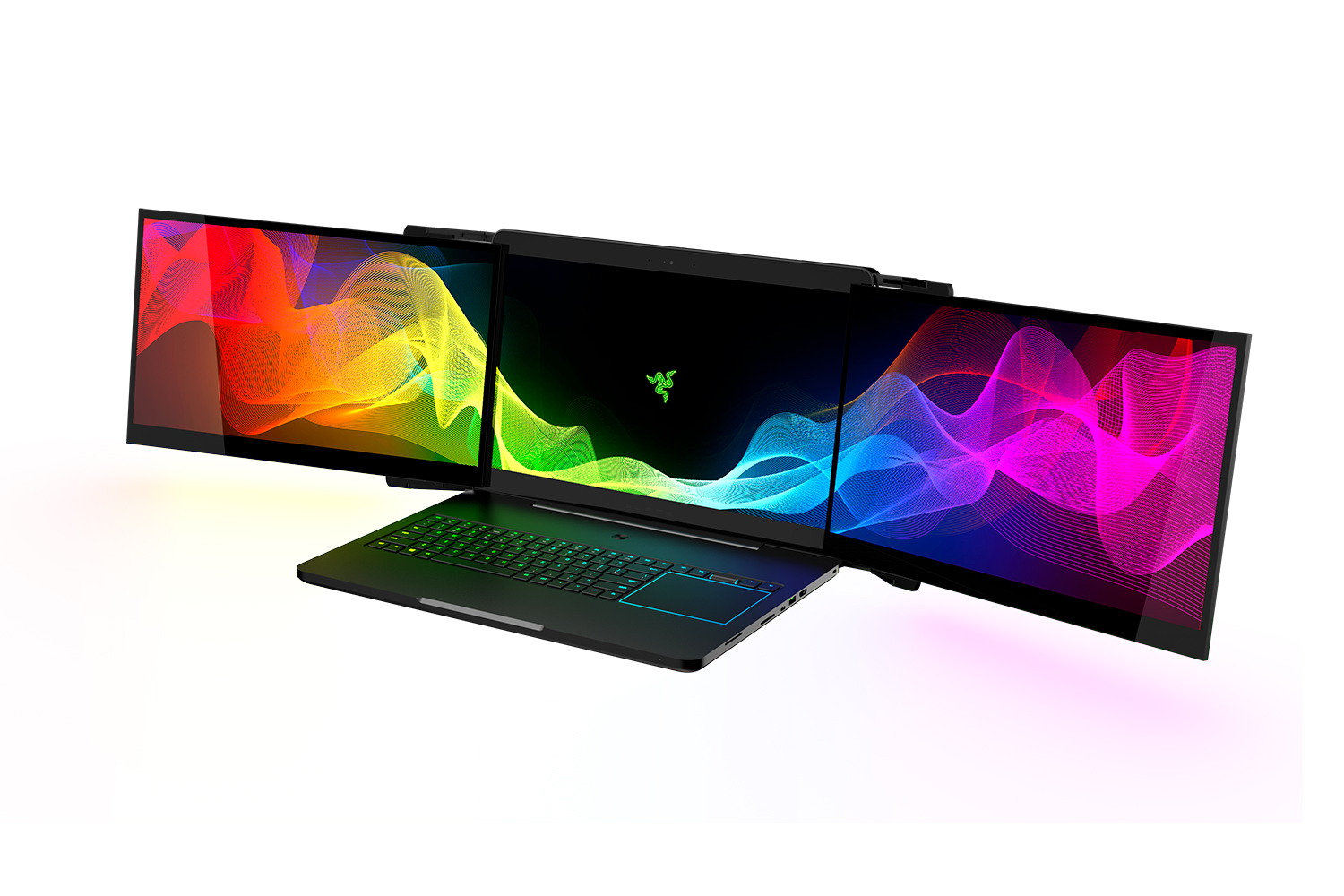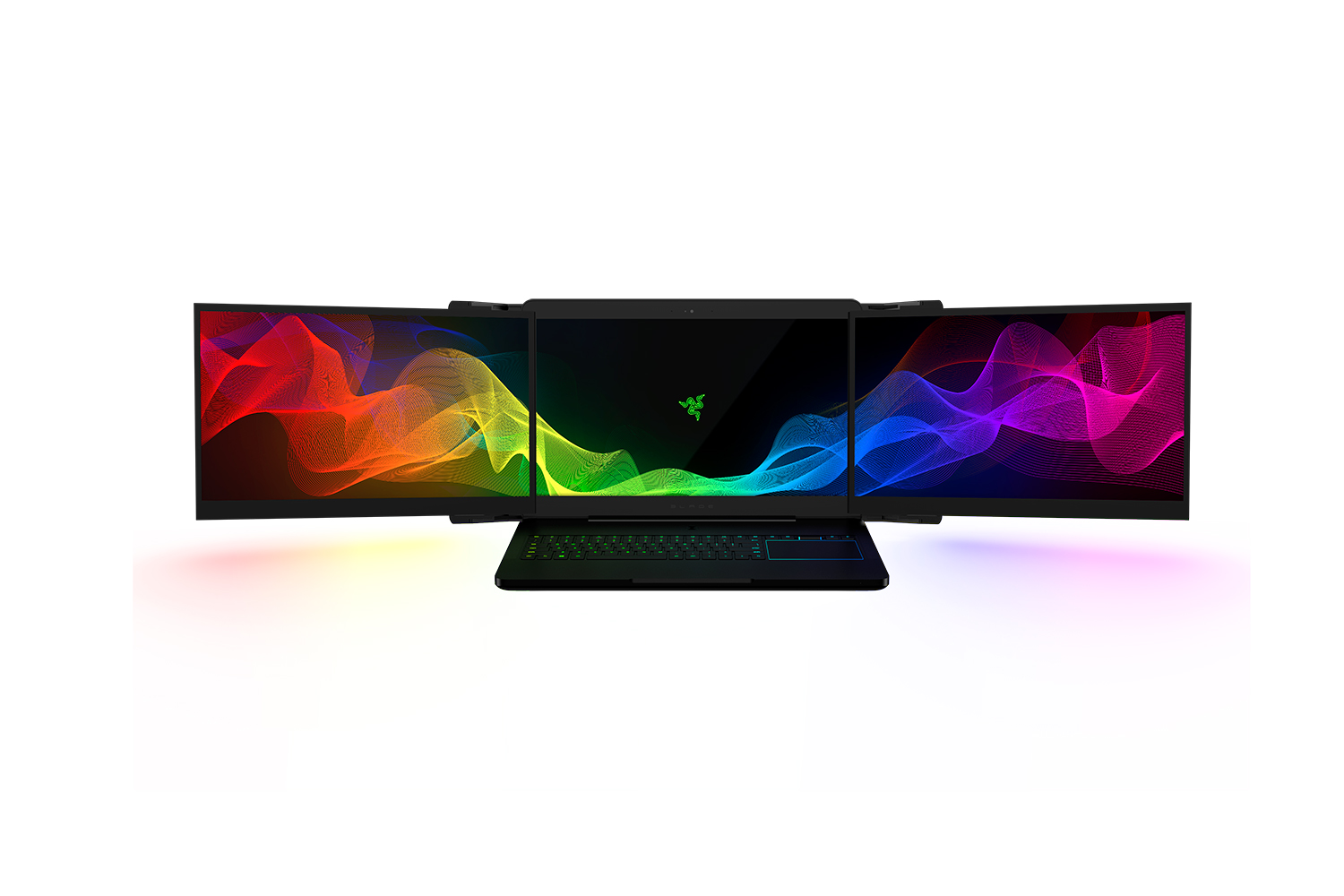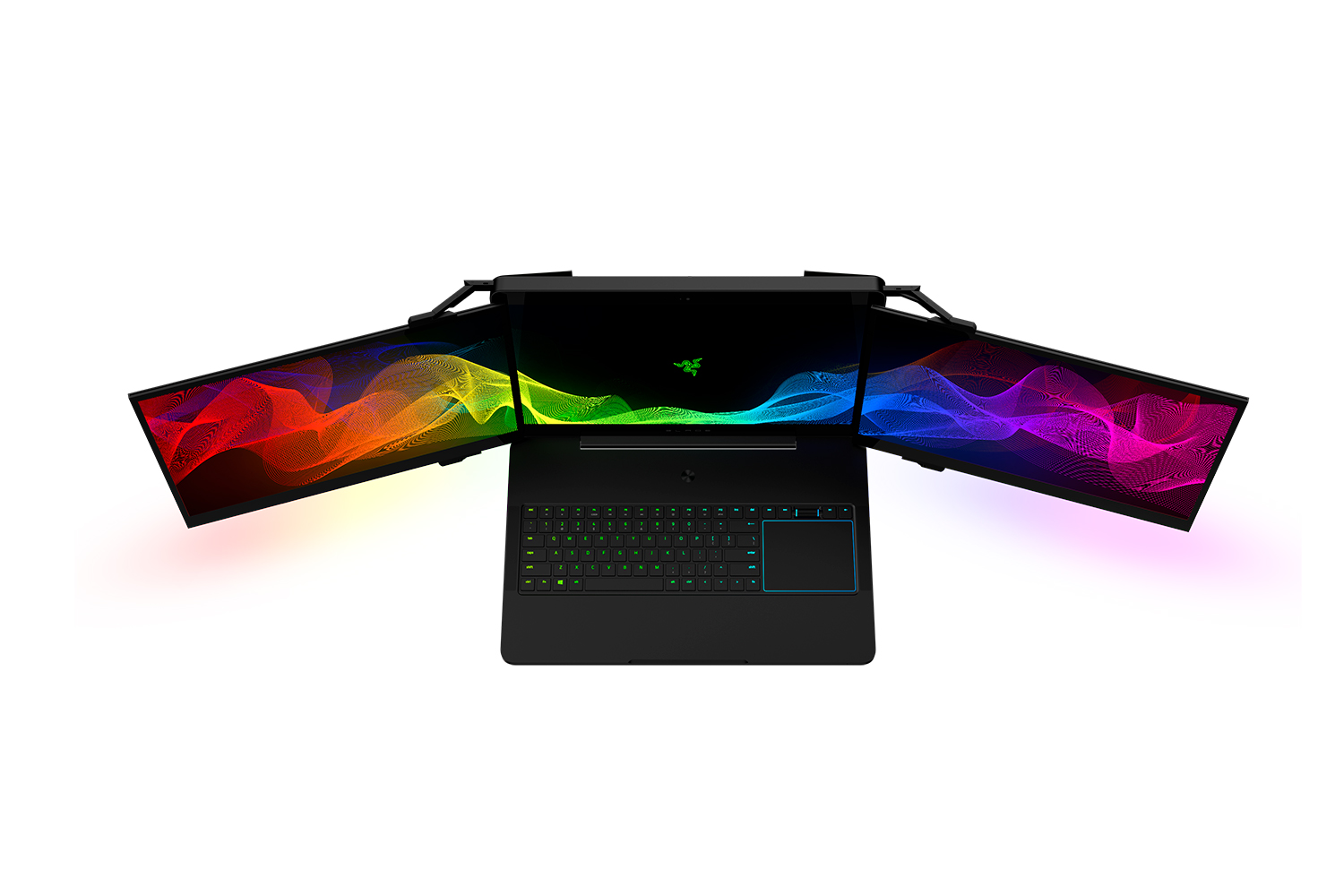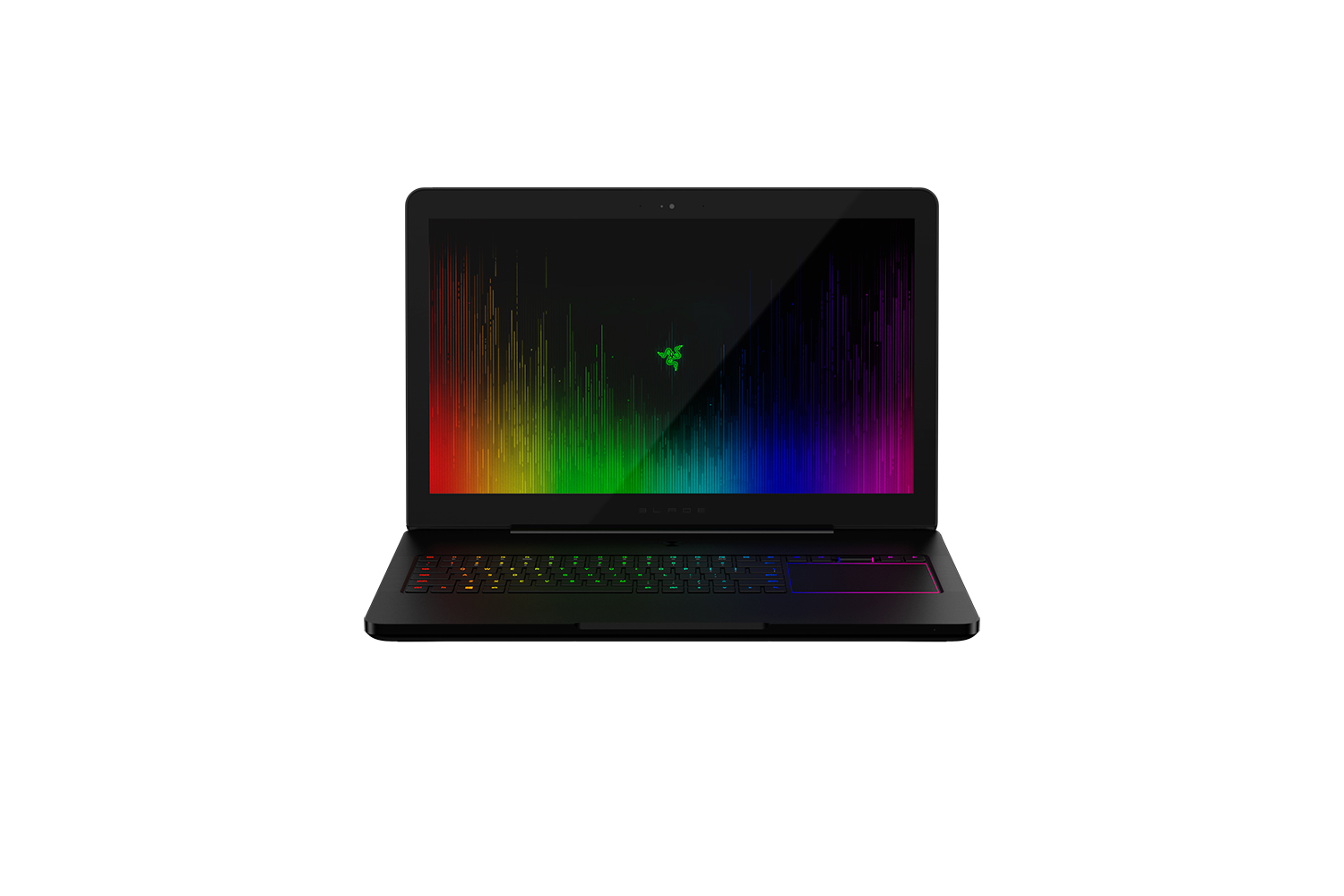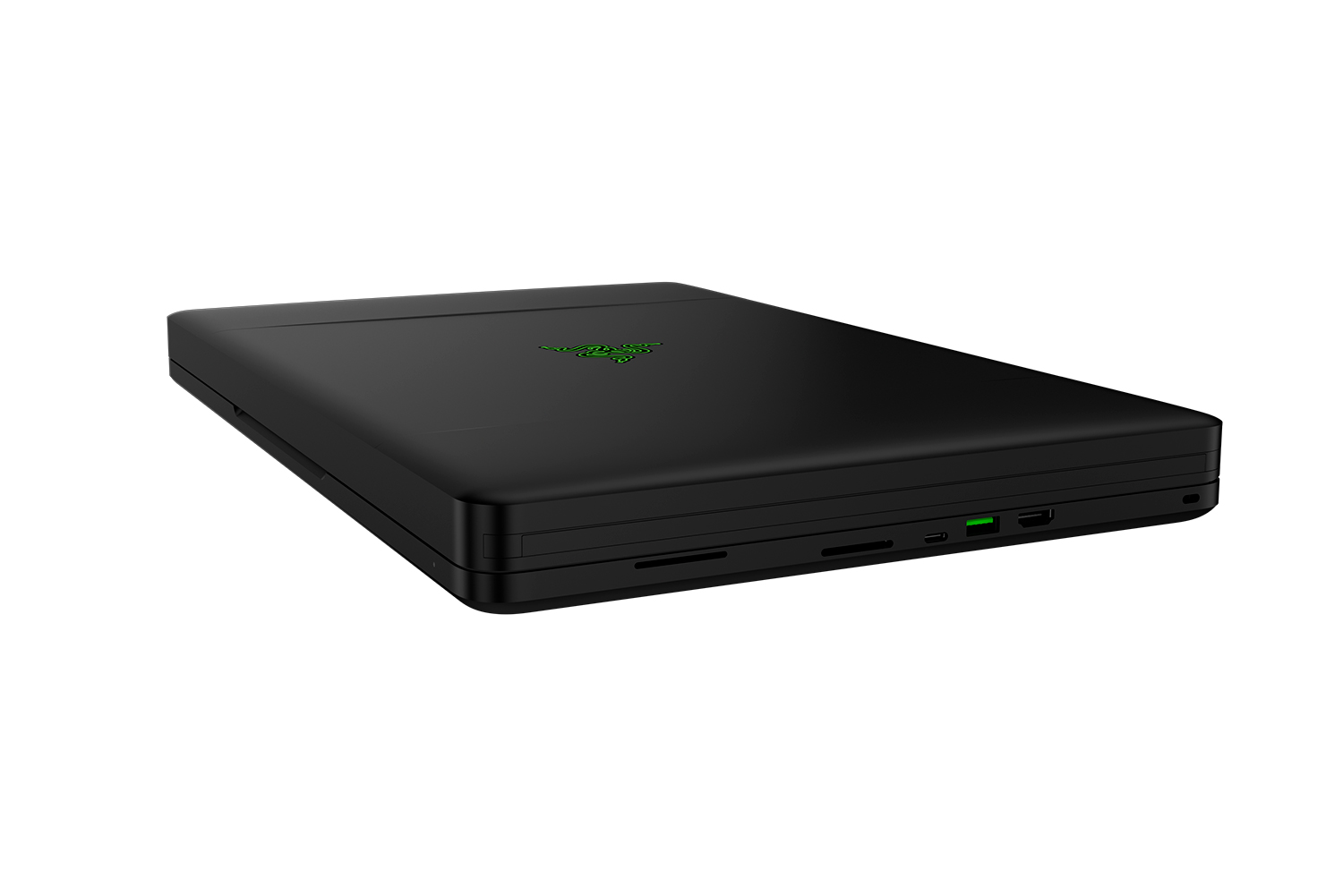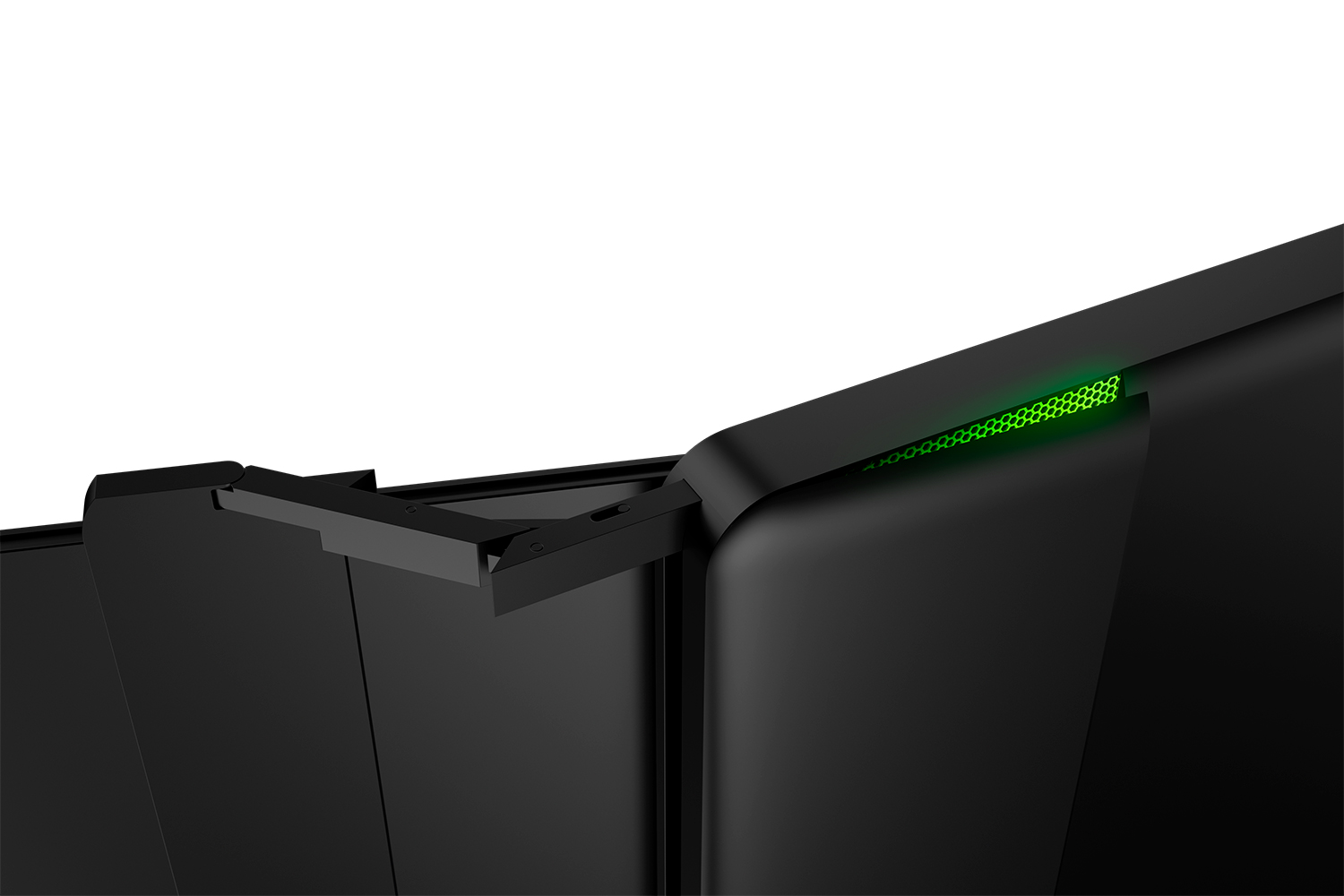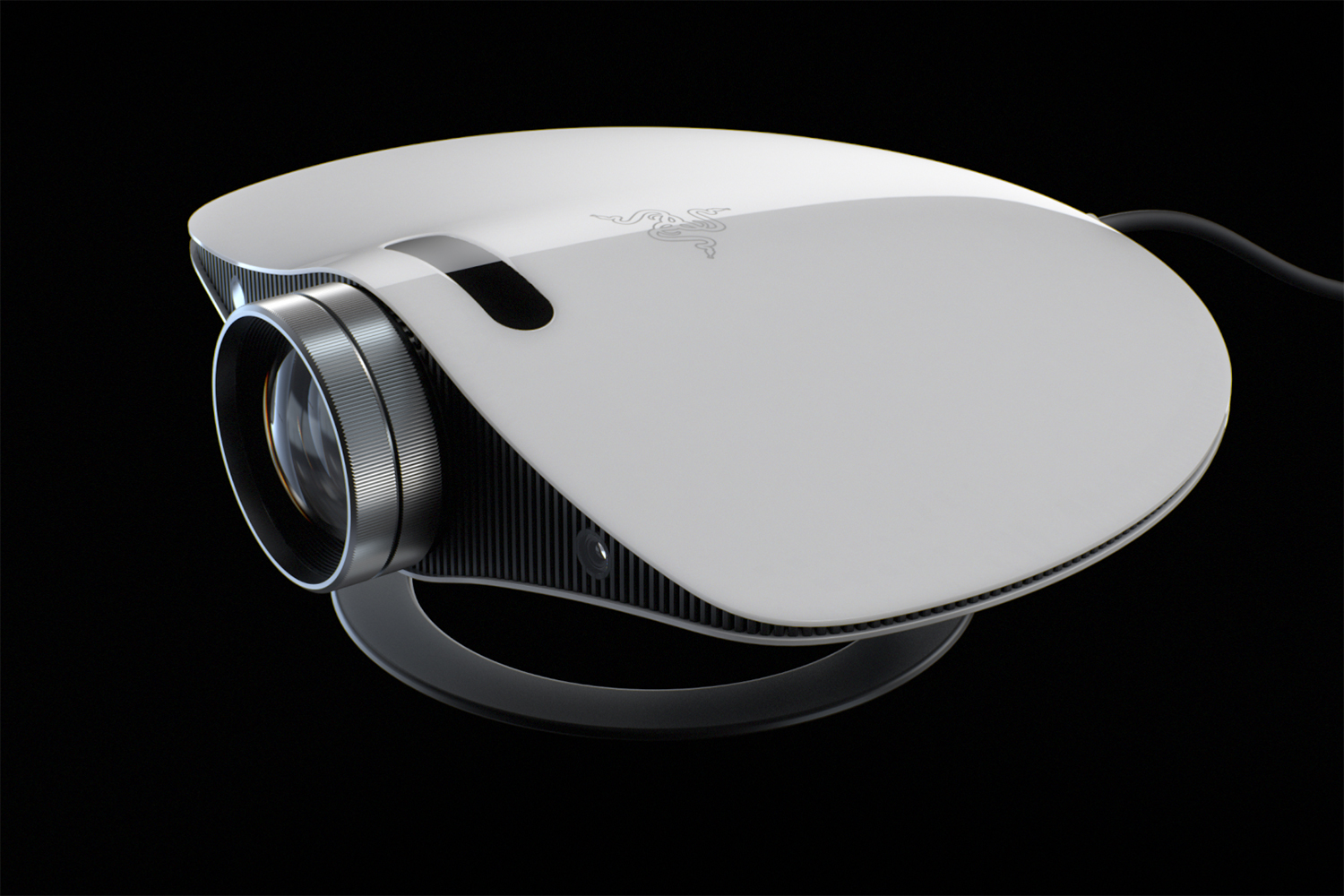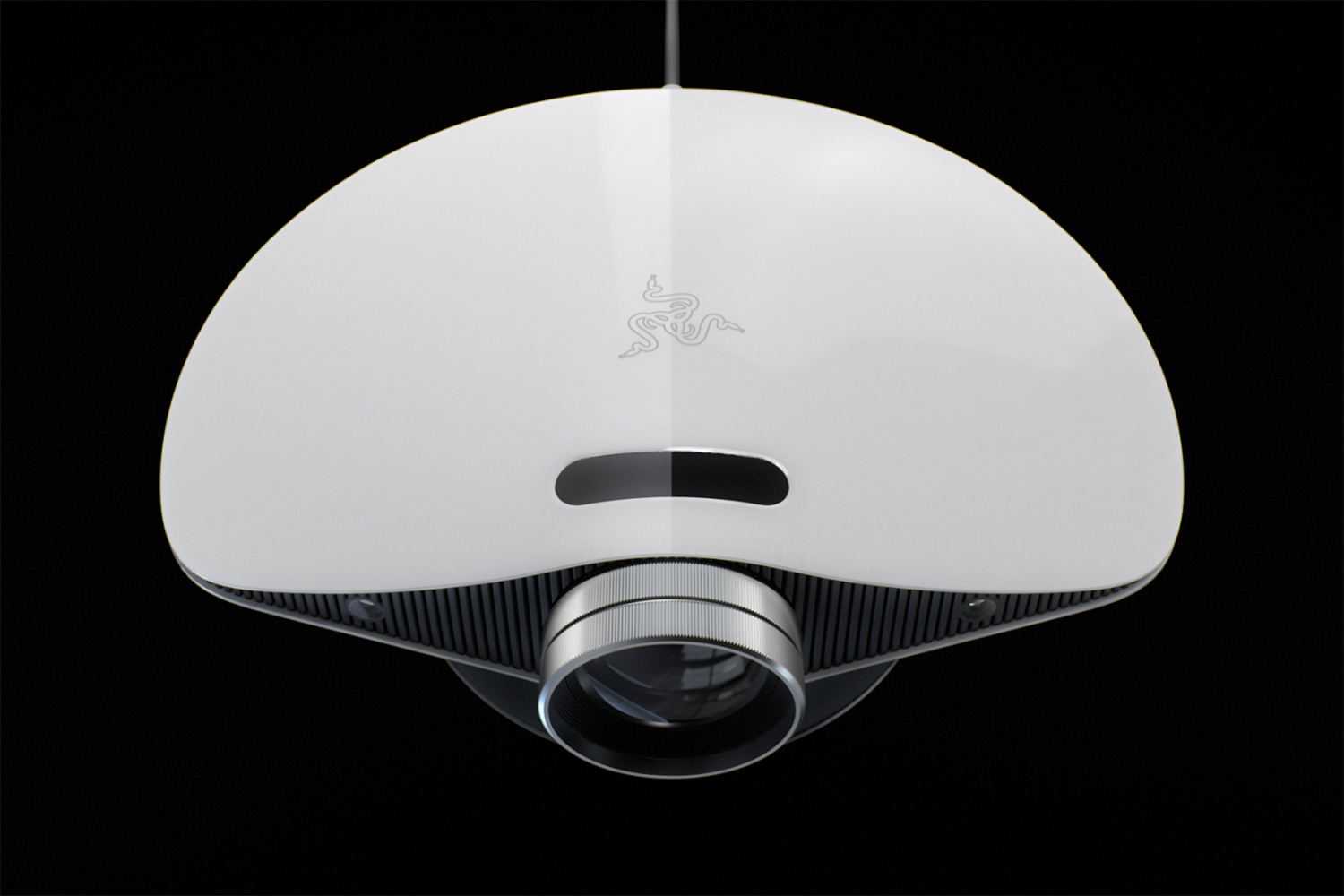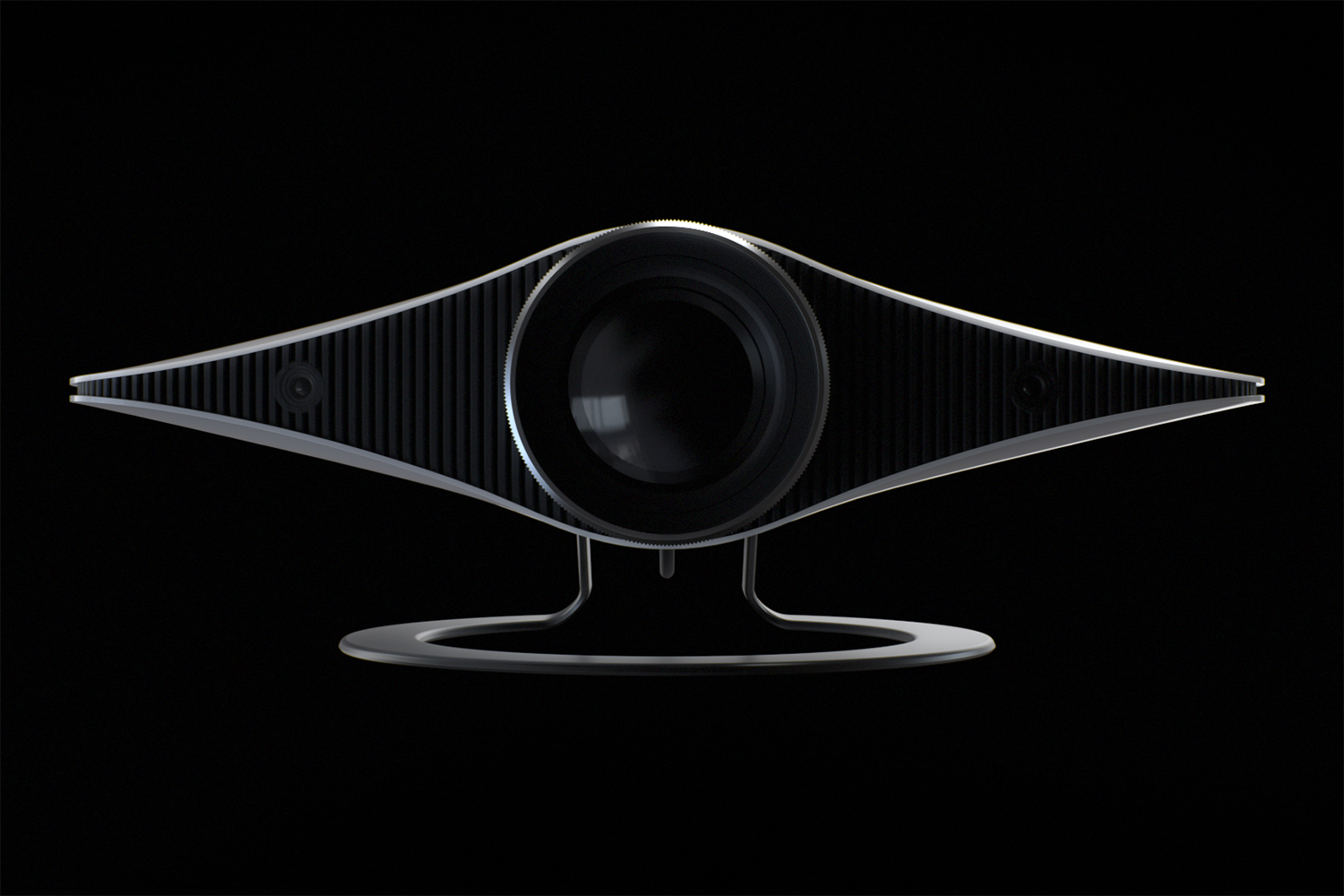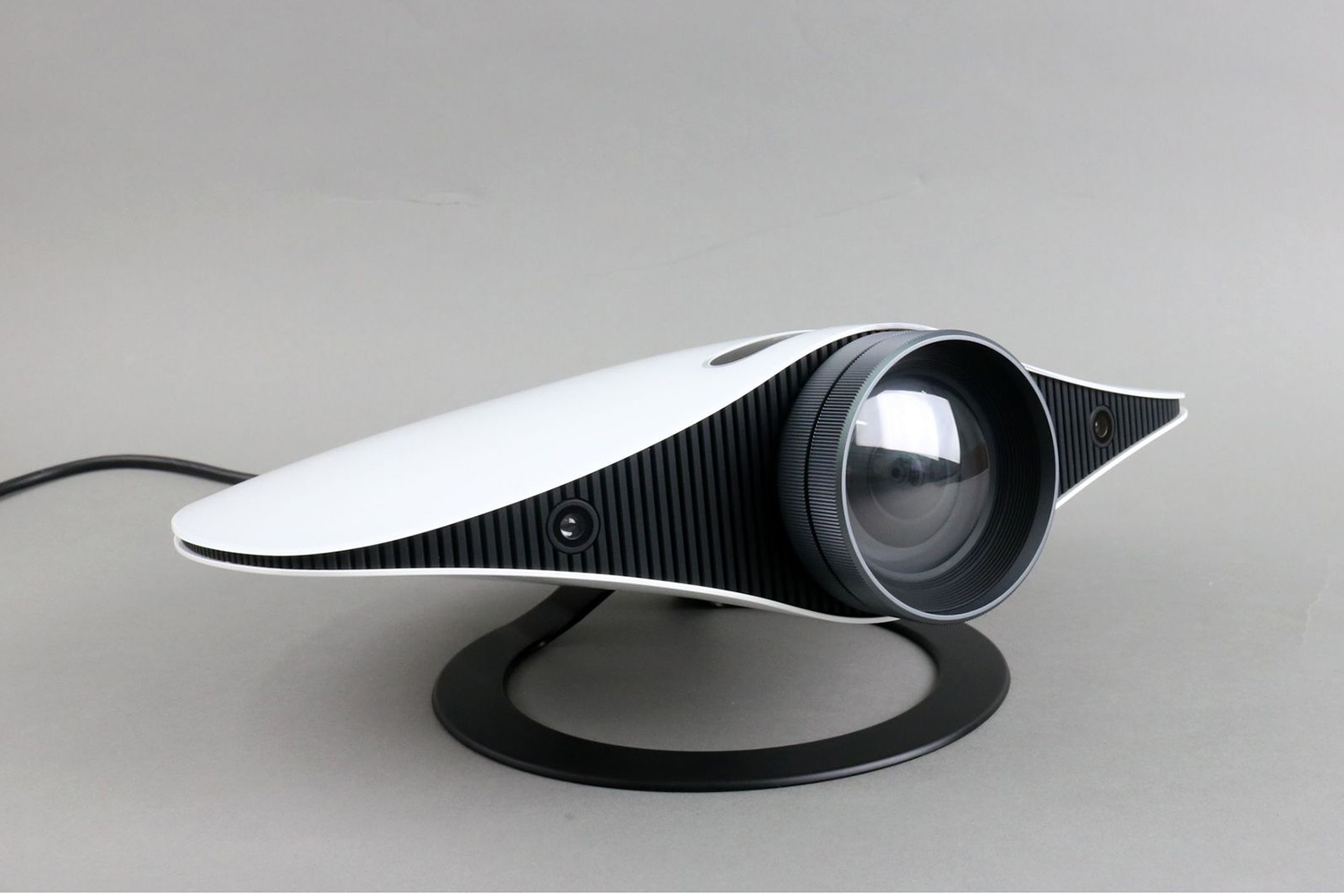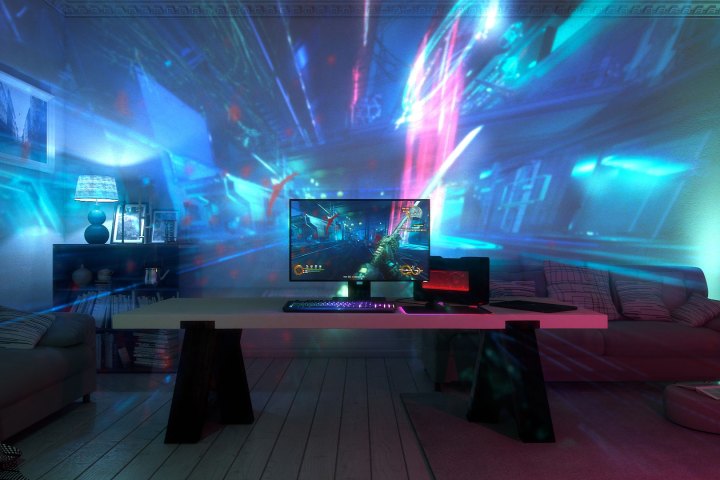
Project Valerie
First up is a product that, like the slick concept cars shown off auto shows, likely won’t hit shelves any time soon, but is sure to draw a crowd. Project Valerie is a three-screen laptop, which is probably not something you’ve ever seen before.
Each of the laptop’s three panels are 17.3-inch 4K IGZO screens, and are all equipped with Nvidia’s G-Sync for smooth framerate. The result is a full 180 degrees of Nvidia Surround gaming, an impressive feat for a desktop machine, let alone a mobile gaming rig. Even better, the screens automatically slide out from the system as it opens, assuaging any fears of an awkward setup anytime you sit down.
Three 4K screens requires a lot of power, so Razer has reached for Nvidia’s GTX 1080, currently the second most powerful consumer graphics card, falling behind only the insanely expensive Titan XP. Despite the ridiculous setup, the system is only 1.5 inches thick, and weighs less than twelve pounds.
With that extra space, Razer has decided to include a full mechanical keyboard in Project Valerie, a move that will certainly appeal to the high-end gaming market that the system is intended for.
“Multi-monitor desktop set-ups are becoming more neccessary for professionals, creators, and gamers,” shared Razer CEO Min-Liang Tan. “For the first time, we’ve engineered a solution that users can take with them. Project Valeri promises all of the functionality of three screens and none of the hassle.”
We’ll be spending some time with Razer’s Project Valerie at CES, and will make sure to update you on whether this over-the-top gamble pays off. Meanwhile, Project Ariana is really stretching beyond the screen, to bring Chroma to life in the world around you.
Project Ariana
As Razer opens up the Chroma ecosystem to third party peripherals, it’s taking even more time to look at ways to expand the multi-color lighting into new and exciting places. Such as Project Ariana, a concept for a projector that fills your space with color-responsive goodness.
Chroma is already tied into many of the most popular games on PC, from Overwatch to Shadow Warrior 2, providing valuable information on cooldowns and effects right under your fingertips. It would be even better if instead these alerts were also appearing in your peripheral vision, so Project Ariana uses colored projection to fill in the areas around you with Chroma-coordinated color.
Project Ariana, a concept for a projector that fills your space with color-responsive goodness.
To accomplish this feat, Project Ariana pairs up a high-definition video projector with an ultra-wide fish eye lens. A pair of 3D depth-sensing cameras — likely based off Razer’s Stargazer Webcam — detect objects, furniture, and existing room lighting in order to provide a calibrated image.
Razer CEO Min-Liang Tan has big dreams for Chroma and Project Ariana, expressing that “Having a game literally surround a gamer completes the entire ecosystem of gaming, bridging the sensory gap between player and game.”
It’s certainly an ambitious project, and one we hope to spend some time with at CES 2017. We’ll make sure to update this post with our hands-on impressions of Project Ariana.
